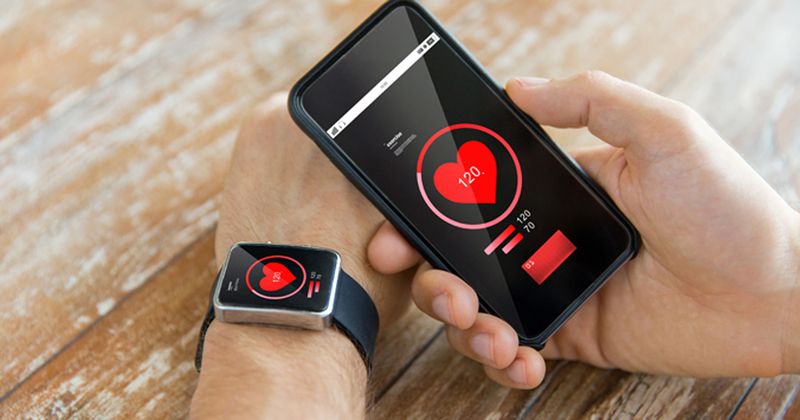Age, race, income may play roles in discussions of wearables in primary care patients
Patients who were older and with more comorbidities were less likely to have discussions with their primary care providers regarding wearable devices such as smartwatches and fitness trackers, researchers reported.
In contrast, characteristics associated with wearable device discussions during primary care visits included female sex, white race and increased income, according to data published in Circulation: Cardiovascular Quality and Outcomes.

“We are on the cusp of a major shift in the way in which health care is being delivered. Patients have access to increased amounts of personal medical information, consumer technology is increasingly capable of measuring things that we care about clinically, and telehealth is an established vehicle for providing care,” Steven A. Lubitz, MD, MPH, cardiologist and cardiac electrophysiologist at Massachusetts General Hospital, told Healio. “Yet, heterogeneity in access to medical information and technology across communities exists. The health care system will need to adapt from being reactive to these trends and disparities, to being proactive in order to maximize the potential for technological innovation to improve health outcomes.”
Researchers evaluated the mention of devices in provider notes to better understand how they are discussed in health care settings as well as with whom.
The present analysis included 21,013,729 provider notes across 492,192 patients (mean age, 48 years; 61% women; 76% white) with at least two primary care visits 1 to 3 years apart between 2005 and Oct. 28, 2019.
Expressions and notes that indicated mention of wearable devices included “AliveCor Kardia,” “Apple Watch,” “Fitbit,” “Garmin” and generic terms such as “smartwatch,” “fitness tracker” and “step tracker.”
Trends in wearable device mentions were assessed across age, sex, race, ethnicity, ZIP code income and comorbidity-stratified subgroups.
The most common comorbidities in this cohort were hypertension (32.3%) and hyperlipidemia (24.7%). AF/atrial flutter was present in 3.2% of participants, whereas 7.5% had other arrhythmias.
Researchers reported that annual mention of wearable devices increased from 0.0002% of provider notes in 0.0006% of patients in 2005 to 0.14% of notes in 0.89% of patients in 2019.
Among wearables, Fitbit was the most commonly mentioned, accounting for 74.1% of all patients with devices, and was responsible for a rapid rise in mentions between 2012 and 2016, before declining in 2017, according to the study.
Patient characteristics associated with device mention were female sex, higher income, obesity, AF/atrial flutter, hyperlipidemia, other arrhythmias and hypertension.
Self-identified white individuals experienced higher odds of wearable device mention compared with other races and ethnicities.
Other characteristics associated with lower odds of wearable device mention included presence of HF, pacemaker/implantable cardioverter defibrillator, peripheral artery disease, stroke/transient ischemic attack and increased age.

“In aggregate, consumer wearable devices are increasingly playing a role in patient-provider encounters and are commonly addressed in the medical record, but device mention is heterogeneous,” Lubitz told Healio.
Note-level characteristics tied to device mention were cardiology or primary care encounters, calendar year, obesity, AF/atrial flutter, other arrhythmias, hypertension and hyperlipidemia.
Note-level characteristics negatively associated with wearable device mention included pacemaker/ICD, HF, CAD and stroke/TIA.
“There are several unanswered questions,” Lubitz said. “How do wearable devices relate to clinical outcomes and can they be used to improve health? What are appropriate ways in which clinicians should discuss, counsel and perhaps recommend wearables to patients? Do wearable devices drive appropriate or inappropriate health care utilization? How often are providers mentioning consumer technology, vs. how often patients are bringing it to the attention of their providers? Does consumer health technology contribute to disparities in care, or can it be used to mitigate existing disparities?”
For more information:
Steven A. Lubitz, MD, MPH, can be reached at slubitz@mgh.harvard.edu
